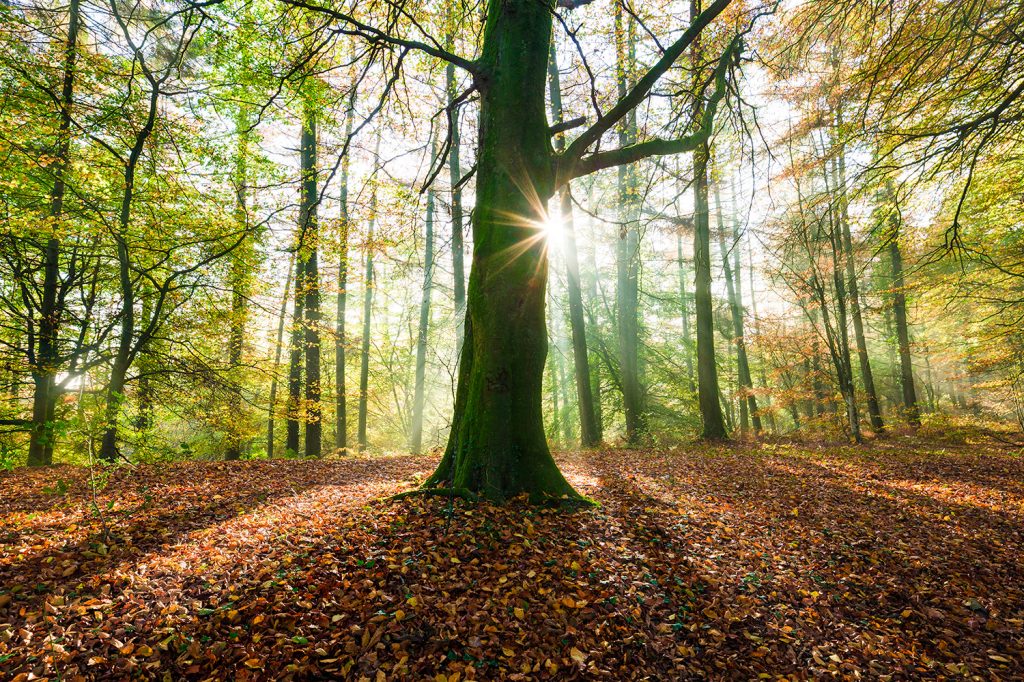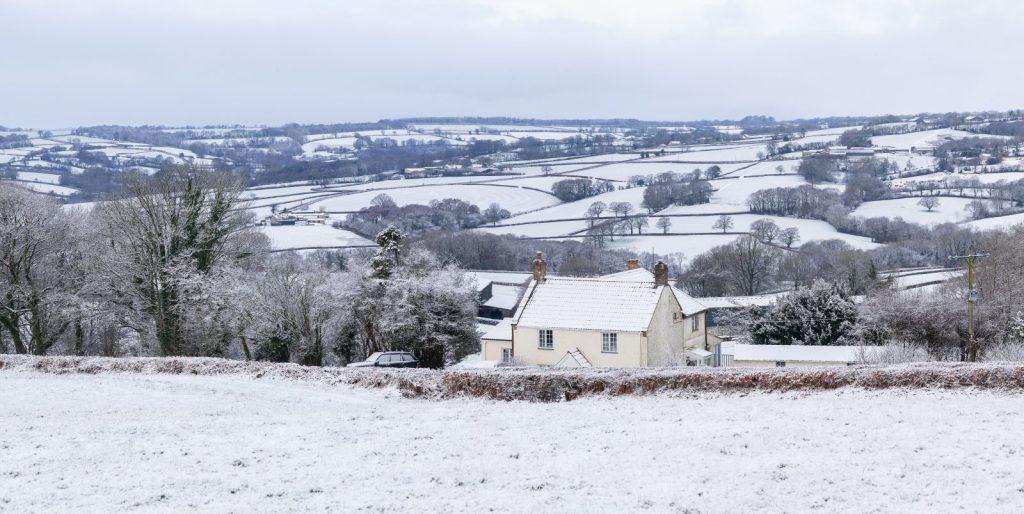Chapter 3: Vision

Blackdown Hills National Landscape Management Plan 2025-2030
Chapter 3: Vision
Our vision
Our vision is that in 2050, as a result of collaboration and positive change, the Blackdown Hills will be a rich and vibrant landscape, resilient to the effects of climate change, where:
- Thriving, diverse communities, with a strong sense of place and wellbeing, are sustained by a connection to the land, natural environment and a rich local cultural heritage. Living and working sustainably in and around the area, they underpin the prospering local economy and can access the services they need.
- Sense of place is maintained and strengthened, characterised by small villages and hamlets set within a distinctive panorama of wide plateaux bisected by deep valleys, containing an intimate patchwork of fields, woodlands and extensive hedges, all shaped by the unique geology.
- Farming and land uses work successfully within the natural tolerances of the land to create a resilient place, providing food, energy, timber, clean water and other wider benefits needed by society, nurturing the area’s rich resources for future generations.
- Wildlife is thriving and habitats are in good condition, restored and expanded, diverse and abundant, with species moving freely through a connected and healthy landscape.
- Our historic environment and rich historical legacy are better understood, conserved and celebrated. Our cultural heritage is widely recognised and valued and is continually evolving and growing.
- Everyone seeking inspiration and enjoyment of its landscape and natural benefits is welcomed and can readily access and experience this special place.

Delivering the vision
Over the next 25 years, the Blackdown Hills National Landscape is facing several drivers of change which have the capacity to impact significantly on its core character, and which need to be addressed in this plan period, not least the interconnected threats of the climate emergency and biodiversity crisis. Collectively we can mitigate these and other threats if concerted and urgent action is taken now. The challenge will be to make the most of the Blackdown Hills’ ability to restore nature, grow healthy food and reduce carbon emissions while supporting vibrant and diverse rural communities: and fundamentally, making sure that conserving and enhancing the evolving landscape and special character of the Blackdown Hills is at the heart of all we do and the decisions we make.





